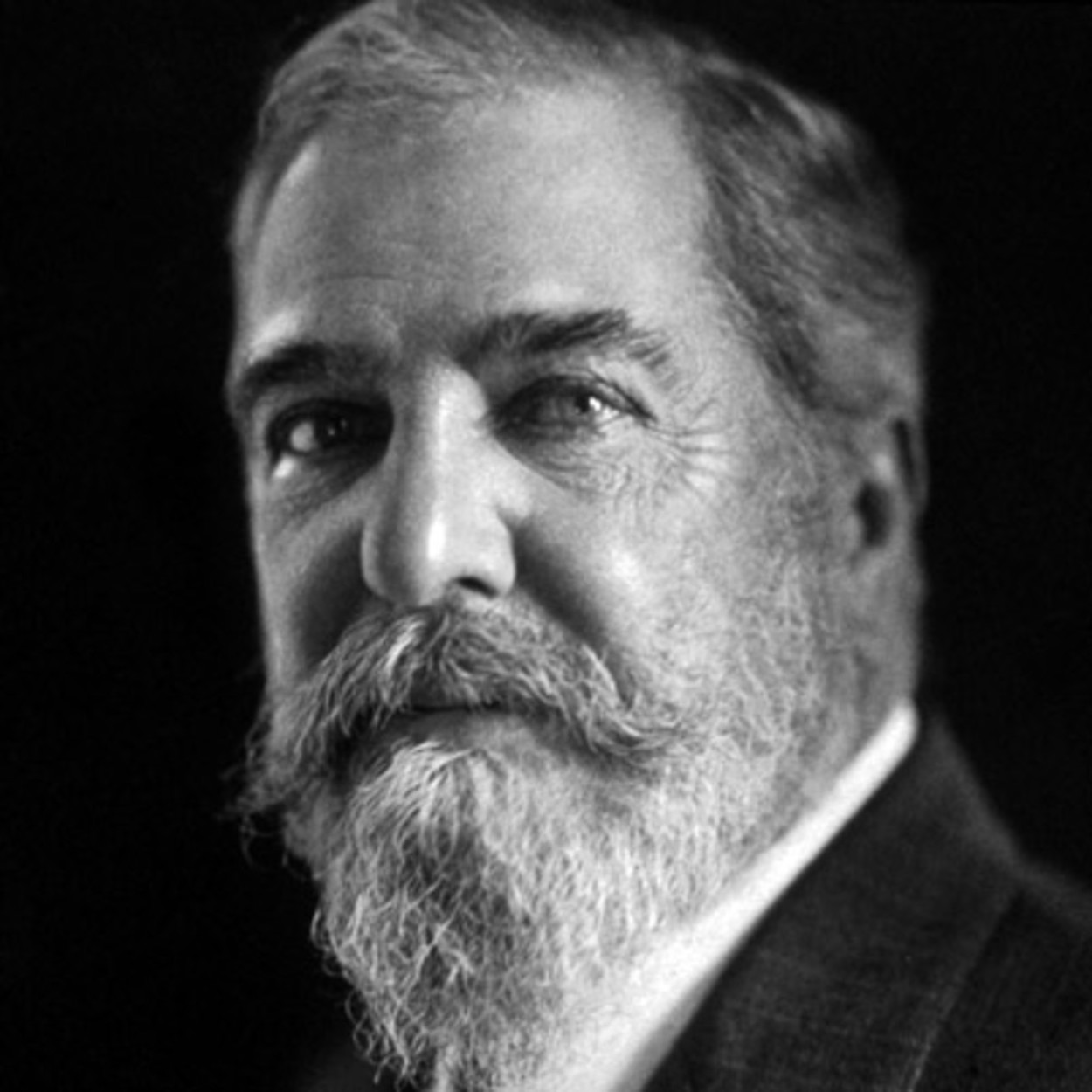The process of creating a piece of art can be as fascinating as the artwork itself. Consider this stained glass window designed by Louis Tiffany (the son of Charles Tiffany, founder of Tiffany and Company jeweler). Rather than painting the image on the glass, individual pieces of colored glass were placed on the window panel, like a jigsaw puzzle, and soldered in place. The initial step in the process was to make a full-scale drawing of the image from a smaller preliminary design. The drawing was also used as a template for cutting individual pieces of glass from large sheets. Pot metal glass was primarily used at the time. It is evenly colored and uniformly translucent. To create effects, artists would paint on the completed windows with enamels. However, Tiffany pioneered the use of opalescent glass which he developed in his factory. His glass featured varied textures and hues, sometimes even within a single shard, which led to stunning creations. This innovation elevated stained glass to a higher art form. Artisans in his factory used various tools and techniques to manipulate molten glass to produce dramatic colors and effects such as mottling, swirling, or striating. And when you consider that every single piece was selected from an inventory of thousands of sheets, precisely cut, and arranged, it’s as if Tiffany was actually painting with glass.
Look closely at Hibiscus and Parrots. Like a photograph, the birds and plant in the foreground are sharp and crisp while the light green background is hazy and out-of-focus. The dappling in the backdrop also suggests sunlight filtering through the foliage. The realistic details of birds’ brilliant blue wing and tail feathers contrast with the marbled coloring of their bodies. Shading within the branches and the individual leaves enhances the image, and the varied hues within the creamy hibiscus blossoms create dimensionality. Cropping and asymmetry evokes Japanese art. Tiffany actually began his career as a painter before deciding to focus on art in glass.
- Martina


 Louis Tiffany
Louis Tiffany